Contact our New Zealand experts now
Enquire now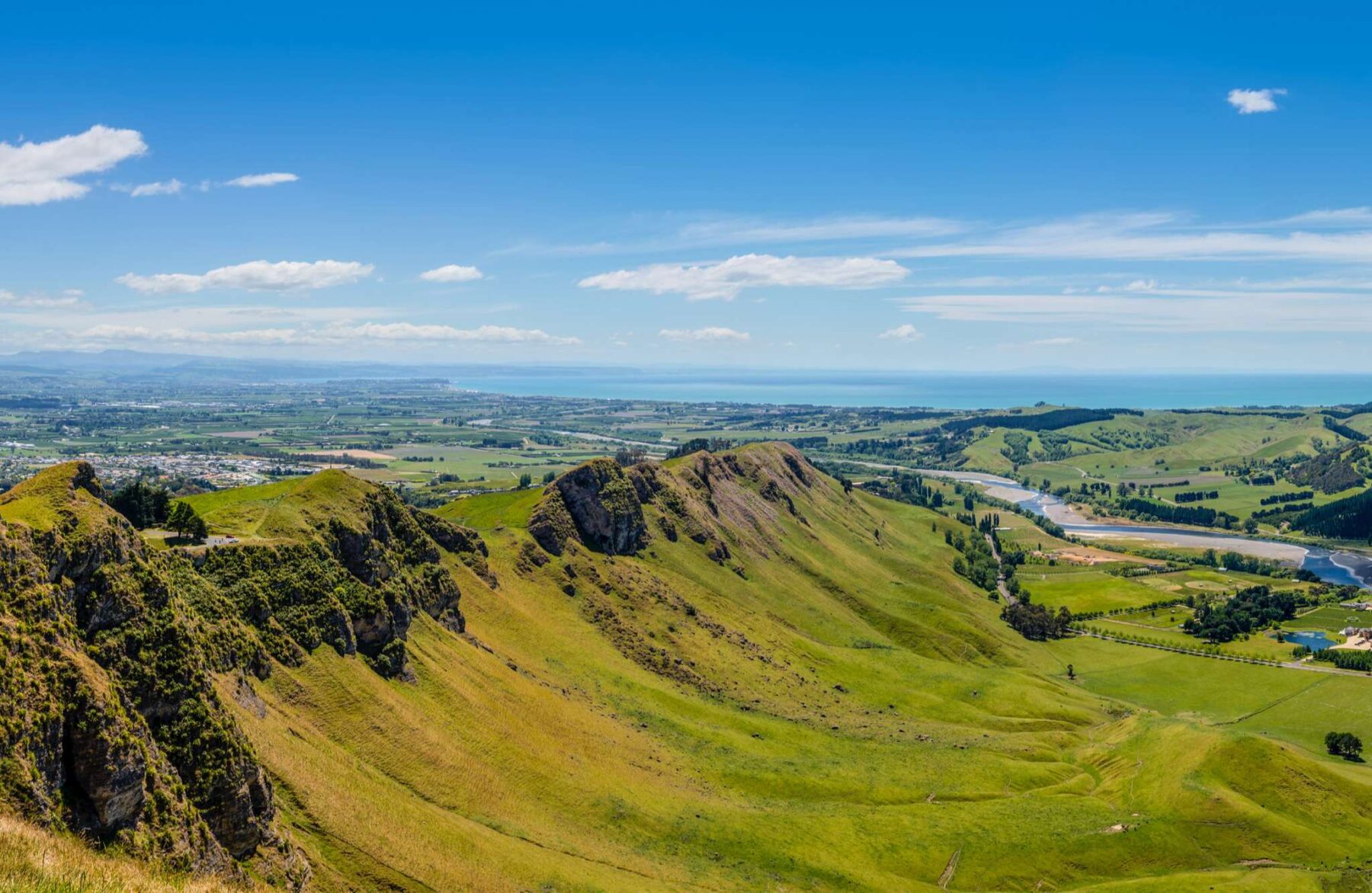
Pacific Coast Holidays
The Pacific coast region includes both the most travelled and least visited parts of New Zealand incorporating the Coromandel, the Bay of Plenty, Eastland and Hawke’s Bay. Known for its beaches, strong Maori heritage and wineries, for sheer variety, it is hard to match.
Recommended Pacific Coast Holidays
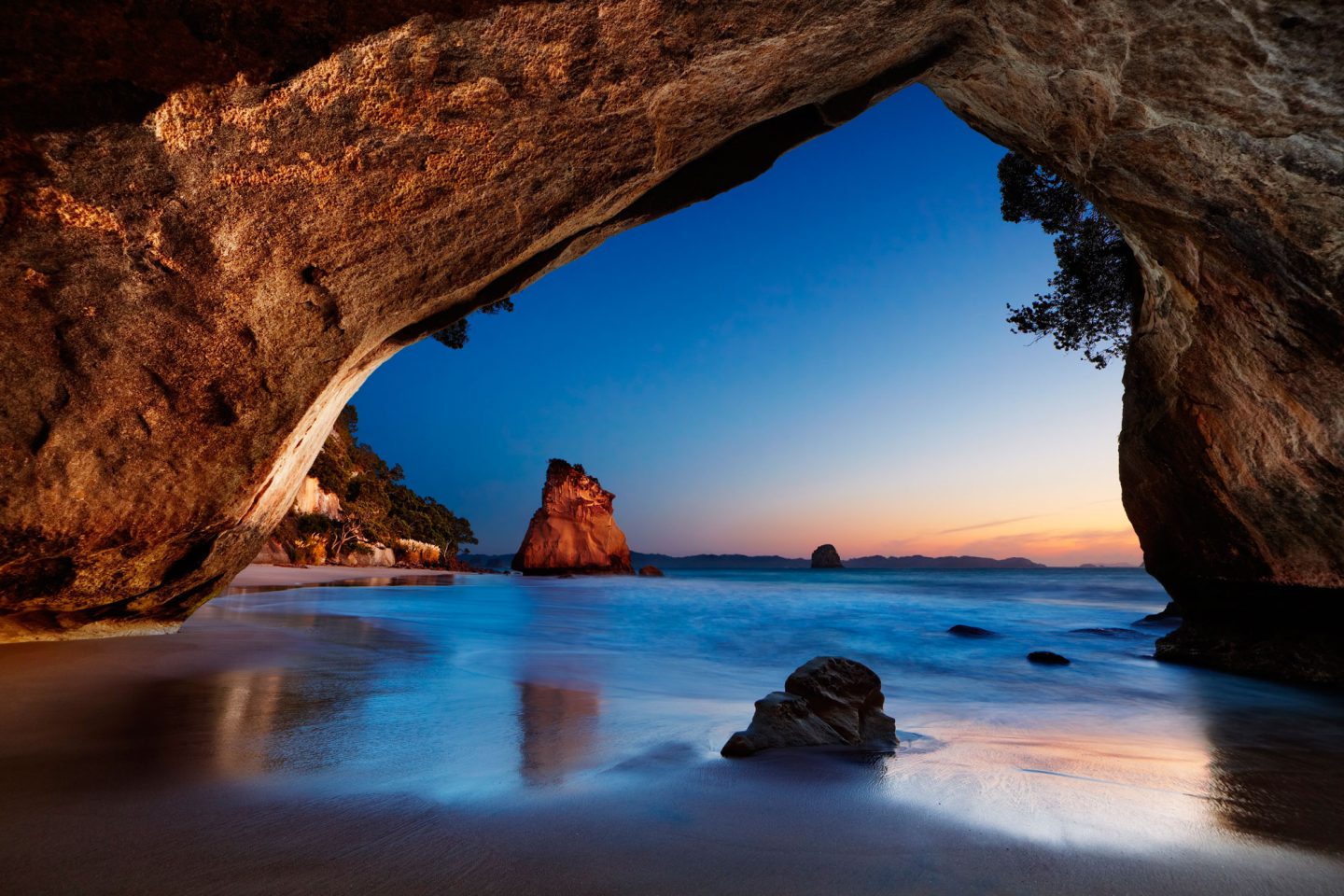
The Coromandel
Separated from Auckland by the broad Firth of Thames, the verdant Coromandel comprises a forested backbone of mountains separating the precipitous west coast from the coves and white sand beaches of the east. One of the highlights of the Pacific Coast Highway, this is a very scenic area that deserves exploration.
Fringing both shores of the sparsely inhabited peninsula are endless pohutakawa trees whose rich red blooms are a stunning feature of the landscape between October and December. The area is steeped in gold-mining history, vividly brought to life in the Thames Gold Mine and Stamper Battery. The sleepy town of Coromandel, also a former gold mining centre, offers a scenic narrow-gauge rail trip up into the hills and is the starting point for one of New Zealand’s most beautiful coastal paths, the 57km Coromandel Walkway.
Over on the eastern side, beautiful Mercury Bay and the town of Whitianga are a great base to explore the region and offer diverse experiences such as bone carving, snorkelling in Cathedral Cove and a natural ‘sauna’ on Hot Water Beach, where hot springs emerge below the sand. South of here are the twin resorts of Tairua and Pauanui.

Bay of Plenty
The Bay of Plenty with its golden beaches and kiwi and citrus orchards extends over 200km, in a great arc from the Coromandel to the East Cape. Struck by the affluence and generosity of the Maori, Captain Cook named it when he landed here in 1769. It is New Zealand’s premier beach and surf destination and offers ‘plenty’ of choice.
Located only two and a half hours drive from Auckland is the lively port of Tauranga in the northern area of the Bay of Plenty. Tauranga offers its’ own unique twist to the big city lifestyle but at a more relaxed pace. The holiday town of Mount Manganui is the focal point of heritage and culture in the region. It boasts popular beaches and provides pleasant walking opportunities, both around its base and to its summit.
Whakatane, at the eastern end of the Bay of Plenty, is the jumping off point for trips to offshore Whale Island, a nature reserve with petrels, little blue penguins and sooty shearwaters, as well as some unusual reptiles and fur seals. Further out to sea is White Island, a volcanic island where hissing steam and sulphurous gas clouds escape from its desolate crater floor.

Eastland
Though one of the lesser travelled regions of New Zealand, Eastland offers some of the most stunning coastal scenery in the country and is also an area rich in Maori culture and history. Renowned for its miles of untouched coastline, the area is perfect for camping, surfing, swimming, fishing and diving. Opotiki is the northern gateway to the region where State Highway 35 begins winding a scenic path around the East Cape and south to Gisborne.
Holding the accolade of being the most easterly city in the world, and thus the first to greet the sun each day, Gisborne is the main centre in this sparsely populated region. A very pleasant city with a friendly feel, it is steeped in history being the place where the first Polynesian voyages landed, where Captain Cook made his first landing and where the first meeting took place between the two cultures.
Picturesque bays and coves offer many a stunning view to break up the journey including the small town of Tolaga Bay, where the longest wharf in the southern hemisphere (660 m) proudly juts out into the bay. Yet it is not only the coastline that provides Eastland with its beauty, the hinterland is equally stunning. Wilderness lakes, mountain ranges, dense forests, rivers and rolling farmland are all present, as well as Te Urewera National Park, the third largest national park in the country.

Hawkes Bay & Napier
Undoubtedly, New Zealand’s most unusual city, arrival in Napier marks the end of the Pacific Coast Highway – at least for those travelling in a southerly direction! Completely rebuilt following a devastating earthquake in 1931, it features one of the densest concentrations of art deco buildings in the world. It is a fascinating city, benefiting from a good coastal location and a Mediterranean-like climate.
Hawkes Bay is one of New Zealand’s top wine producers. The chardonnay, cabernet sauvignon and merlot wines are particularly fine and can be enjoyed at the numerous cafés lining the streets. Marine Parade, a seaside development with parks, sunken gardens as well as more traditional seaside amusements is also within the town. Kiwis can be found within the National Aquarium of New Zealand, also on Marine Parade, where you can swim with sharks and stingrays – the only place in New Zealand where you can do so.
The surrounds of Napier offer much to explore, especially for those with a taste for wine and a visit to some of the quality vineyards that characterise the region is a must. Those looking for nature should head to Cape Kidnappers – the world’s largest onshore gannet colony, which comes to life between late October and late April or visit the impressive Te Mata Peak, steeped in Maori legend.
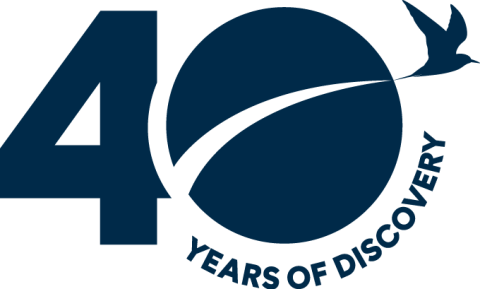
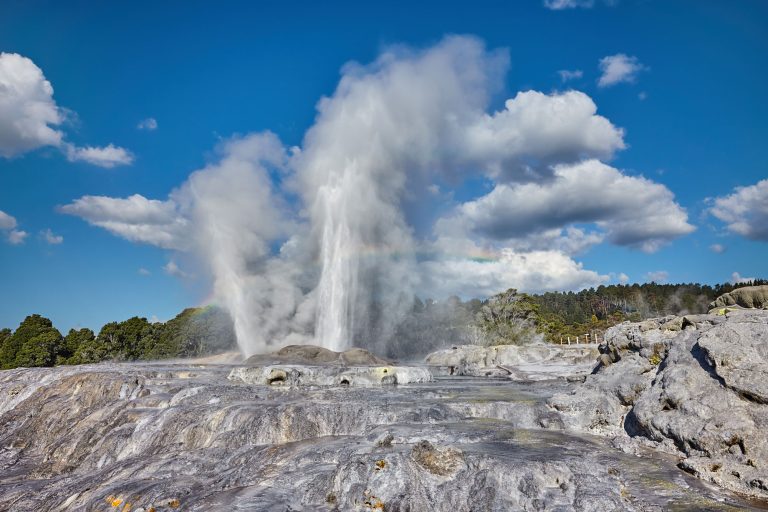
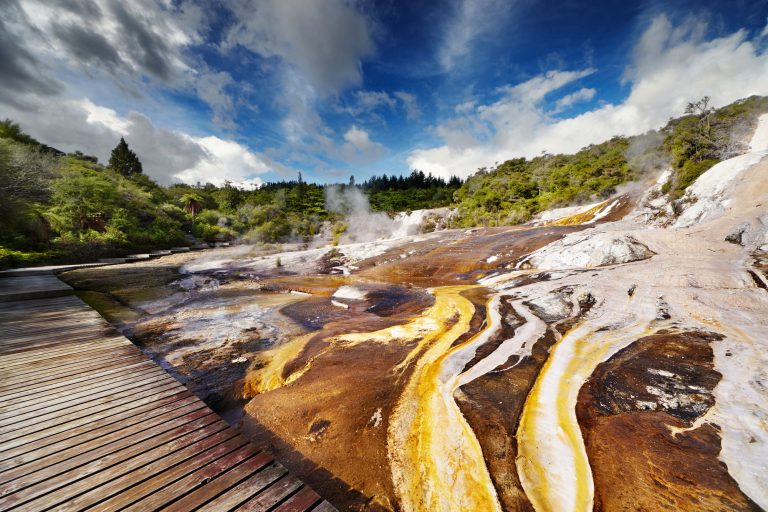

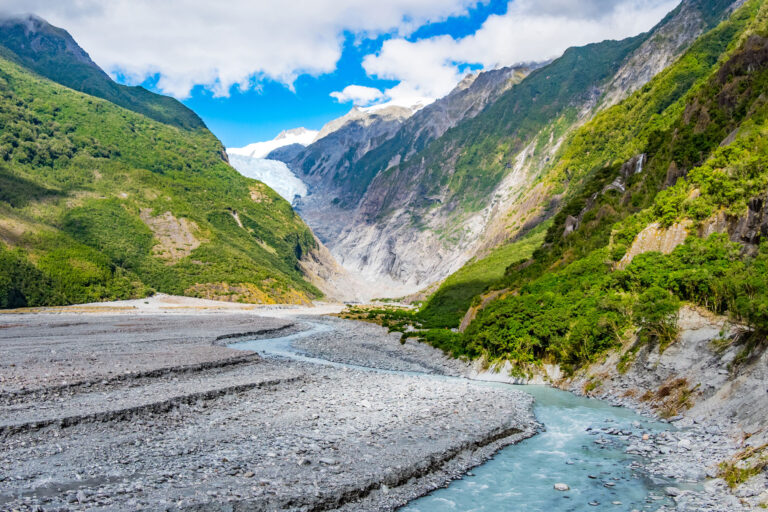
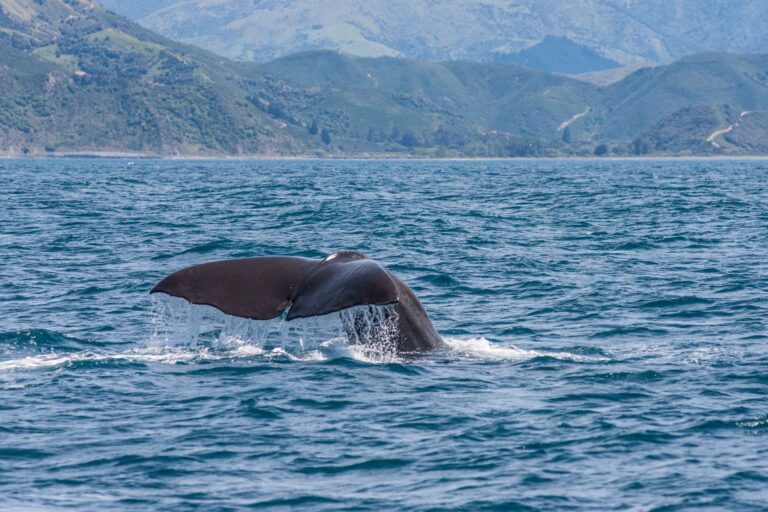
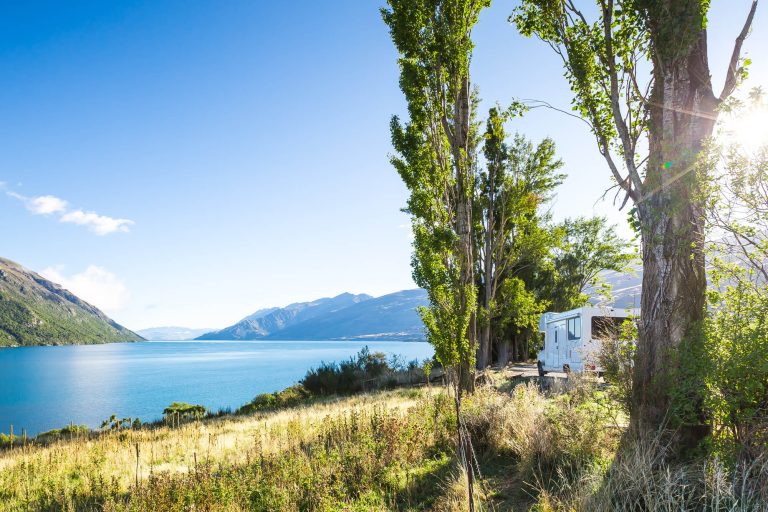
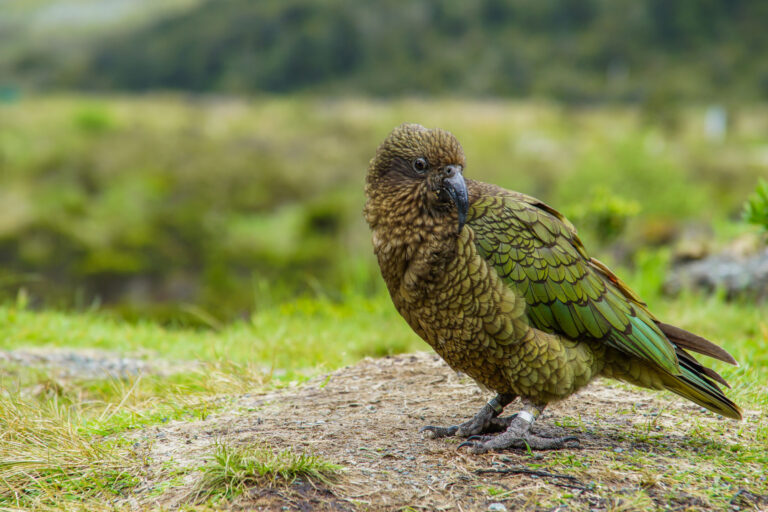
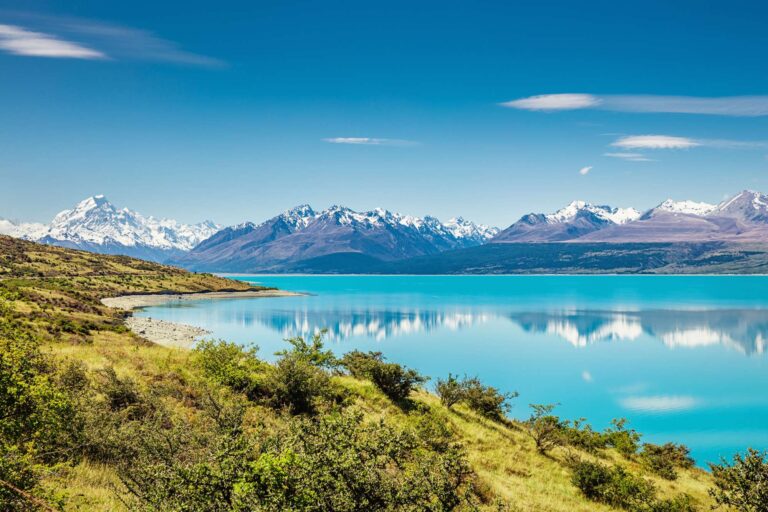

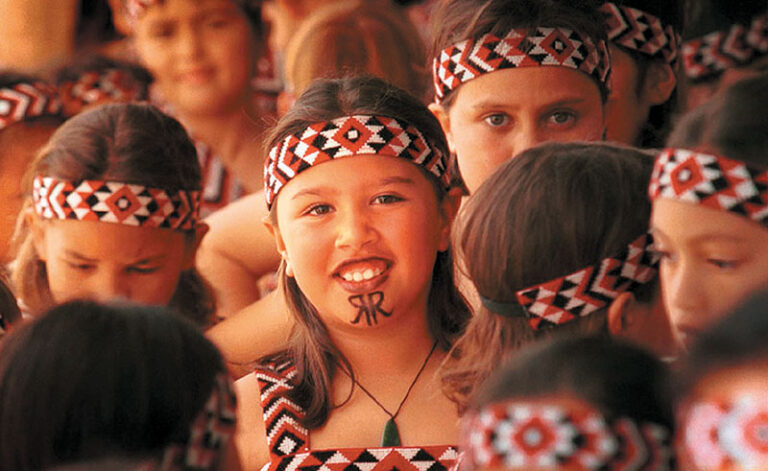
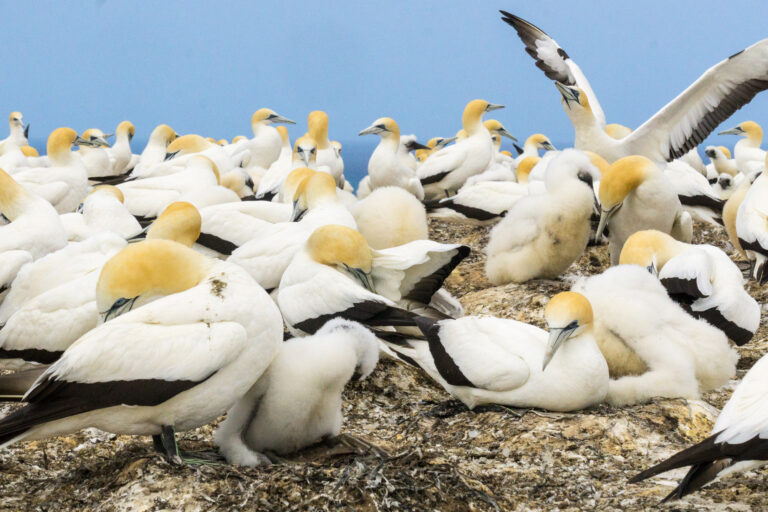
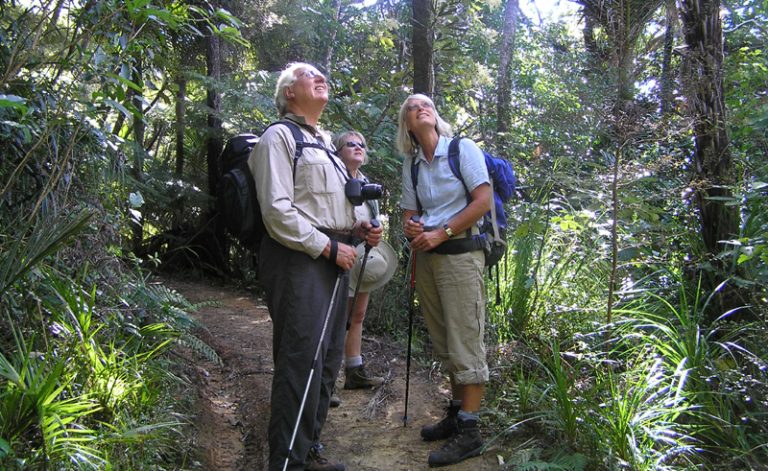
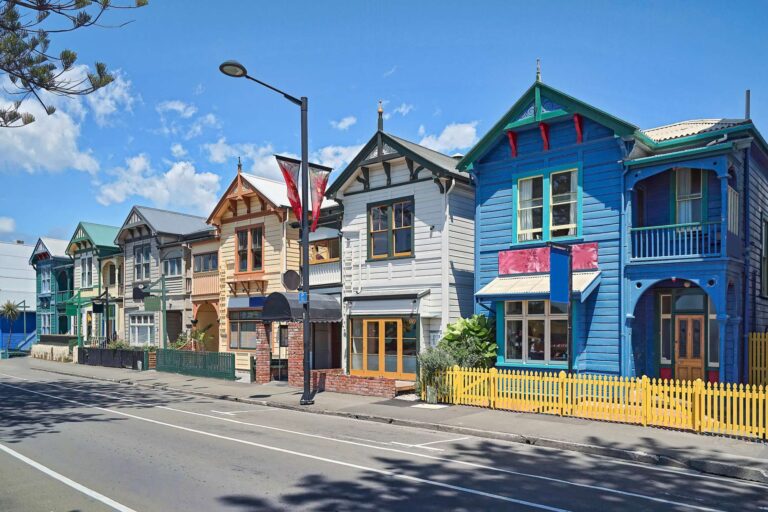
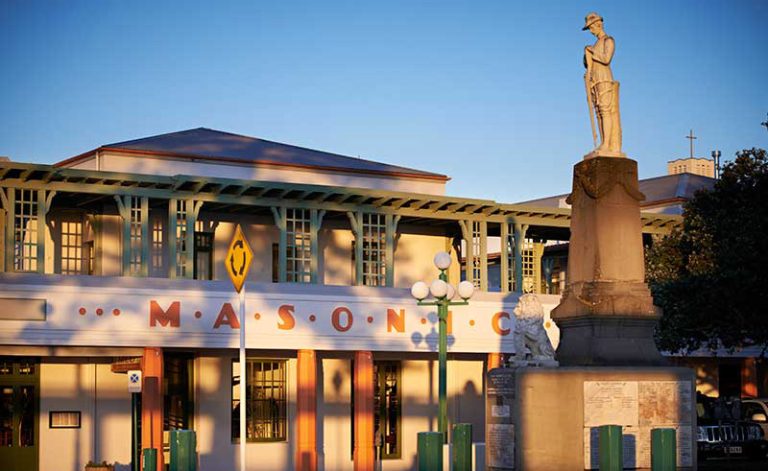
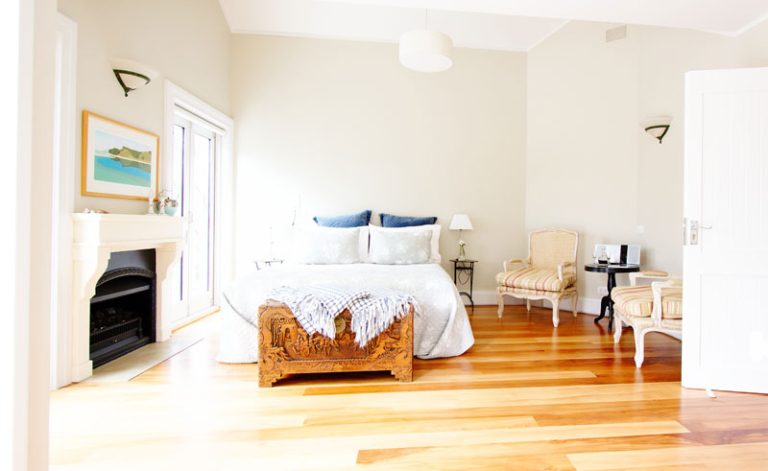


 Instagram
Instagram
 Facebook
Facebook
 YouTube
YouTube